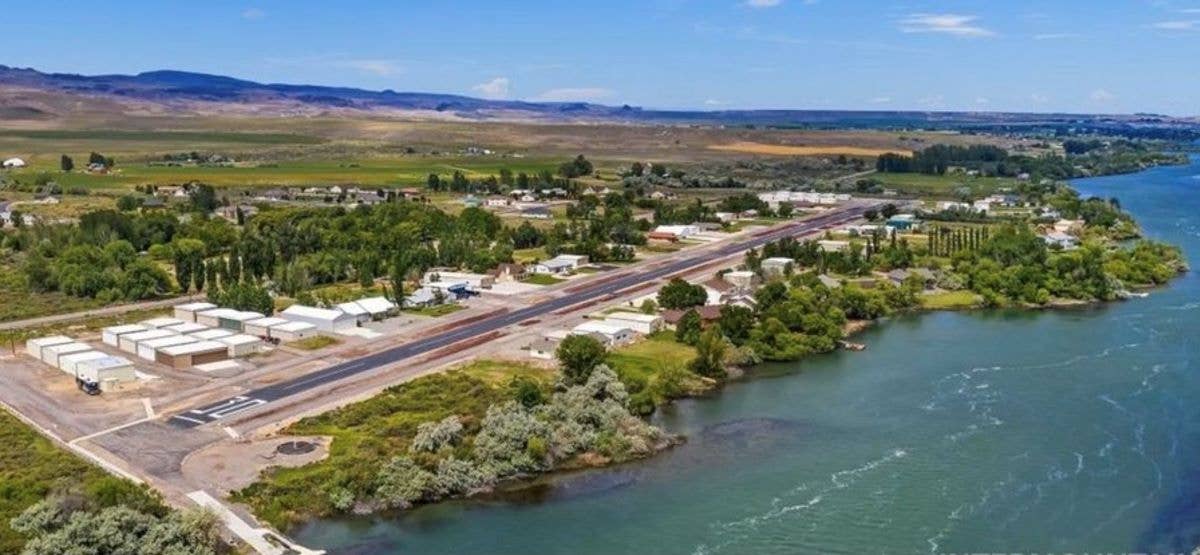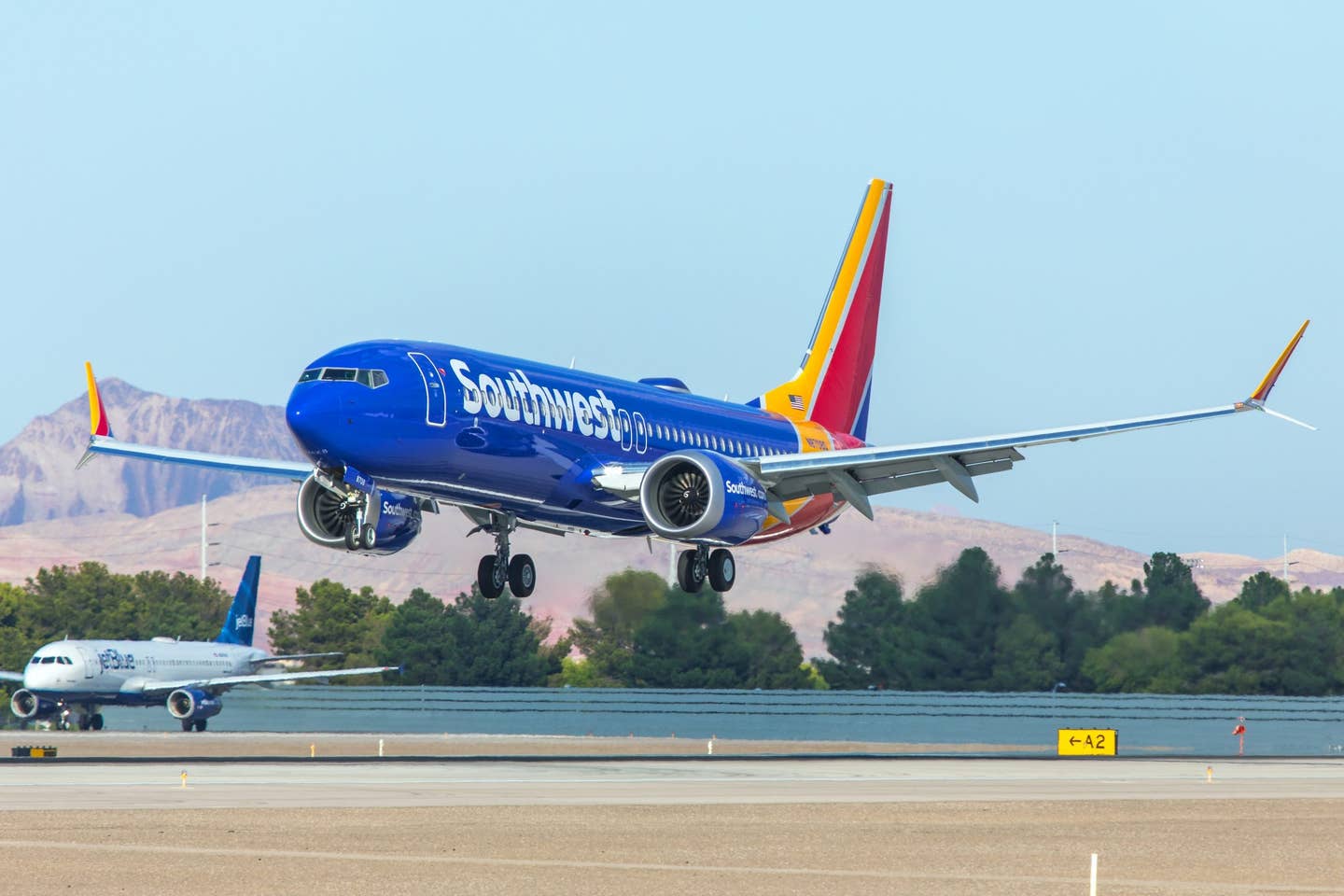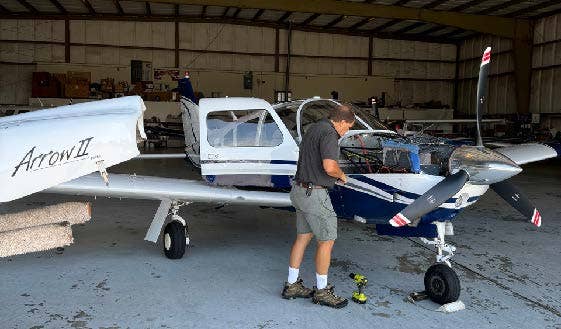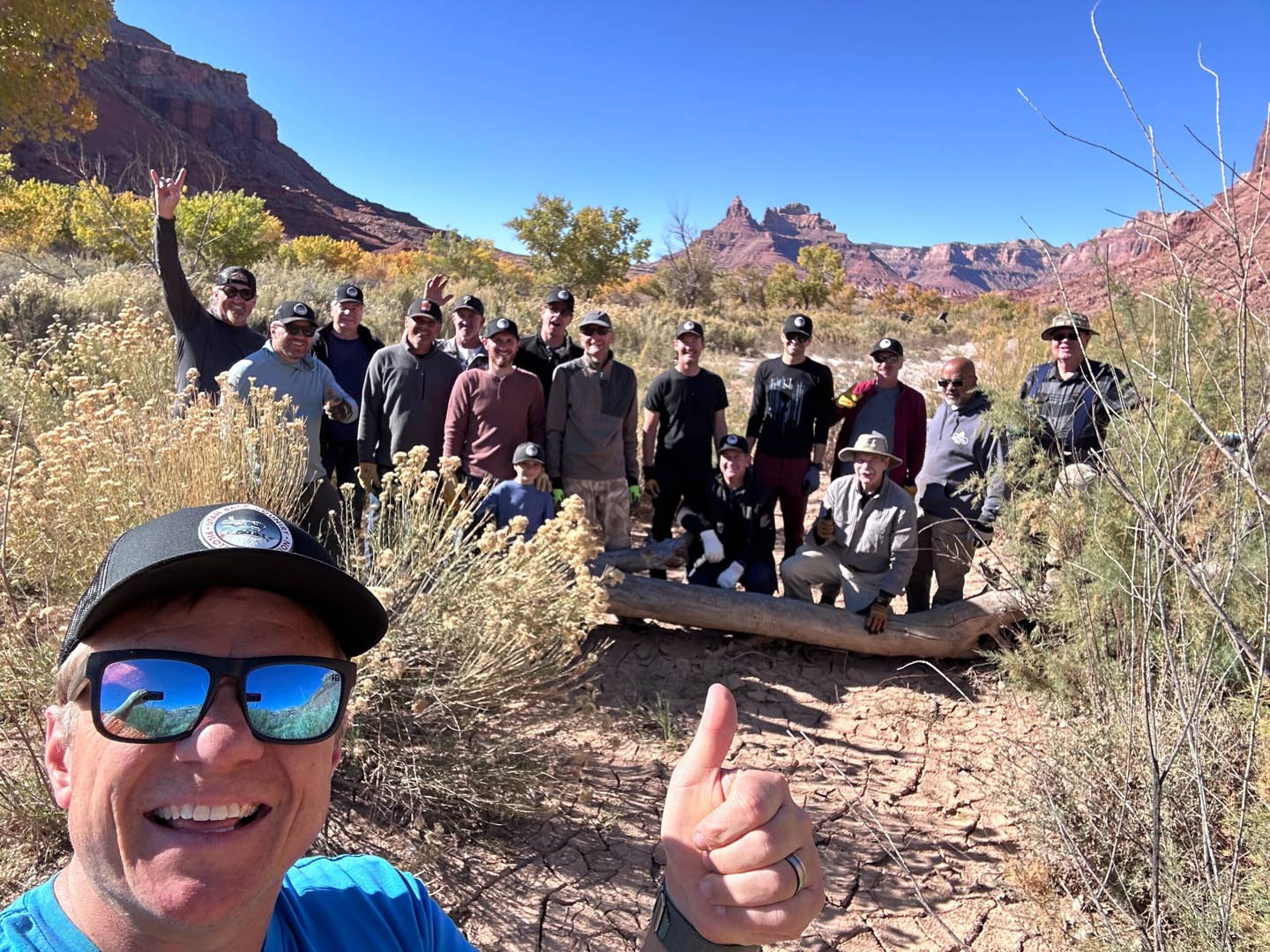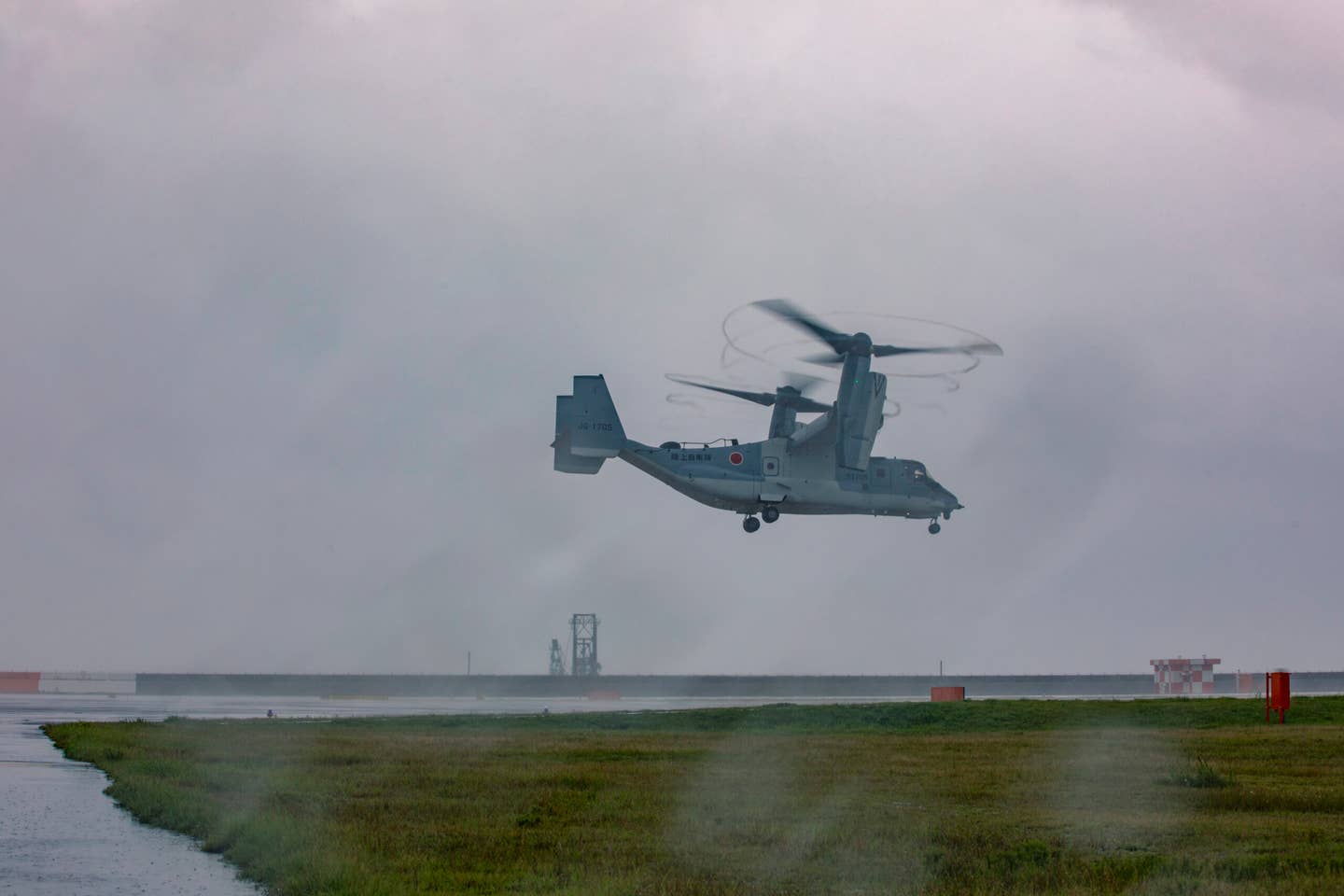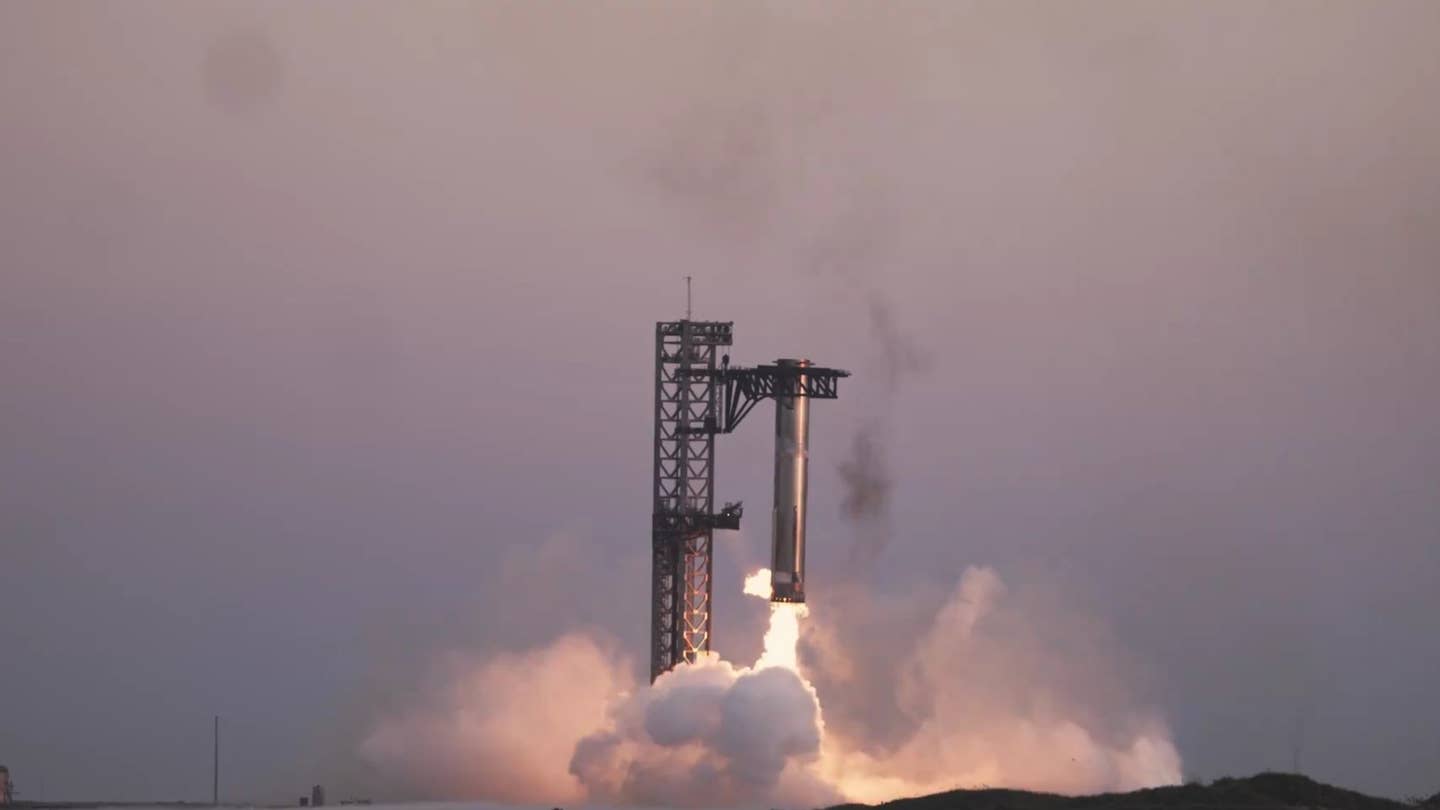
If a job is dirty, dangerous or just plain dull, you get a robot to do it. And you can add one more 'D' to the list of considerations for expanding the use of unmanned aerial vehicles (UAVs) — Dollars. There is great demand at the FAA to permit launching UAVs that would perform a variety of tasks that are currently impractical or too expensive for manned flight. In some cases, UAVs would enable private companies or government agencies to expand their sky view. In others, tasks already being performed by manned aircraft — surveillance, pipeline patrol, highway traffic monitoring, search and rescue, etc. — would cost a lot less without the human in the equation. For example, the U.S. Coast Guard would like to deploy Predator B unmanned aircraft for patrol and search missions, in part because it can fly missions lasting up to 20 hours. To clear up some terminology, there are two types of unmanned aerial vehicles. "Drones" are programmed to fly a specific course and cannot be controlled once launched. Remotely piloted vehicles (RPVs) are "flown" from a ground station or from another aircraft. For those of us flying old-fashion manned light aircraft and trying to stay out of the way, it's a toss-up which is worse. RPVs can be maneuvered to avoid other air traffic by their "pilots" but the view presented by their on board cameras can be severely restricted when it comes to spotting other aircraft. Relying on transponder returns — or ADS-B out signals — is the primary line of defense. By contrast, drones have less flexibility, but their presence is more easily predicted; sort of like a hot or cold military operating area (MOA) in that a controller can tell you if the drone is up, or not. Hank Krakowski, in charge of FAA air traffic operations said, "We are having constant conversations and discussions, particularly with the Department of Defense and the Department of Homeland Security, to figure out how we can do this safely." Part of the challenge involves the wide range of size, speed and altitude capability and requirements among UAVs. The FAA has been studying the issue since 2006. "There is tremendous pressure and need to fly unmanned aircraft in [civilian] airspace," said Krakowski. "I think industry and some of the operators are frustrated that we're not moving fast enough, but safety is first."

Sign-up for newsletters & special offers!
Get the latest FLYING stories & special offers delivered directly to your inbox

